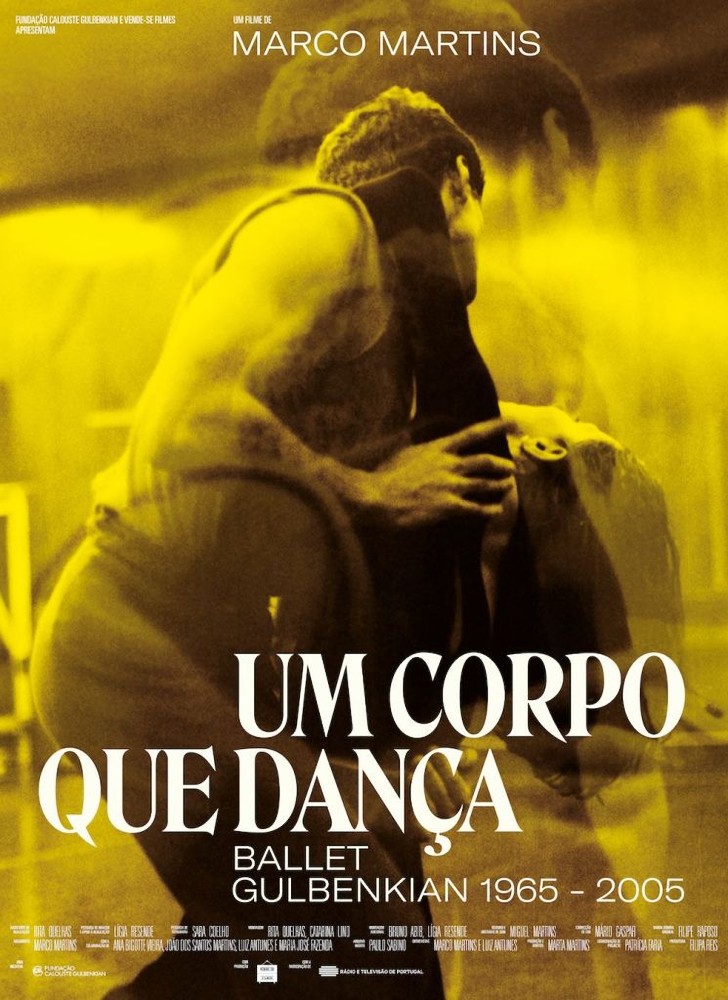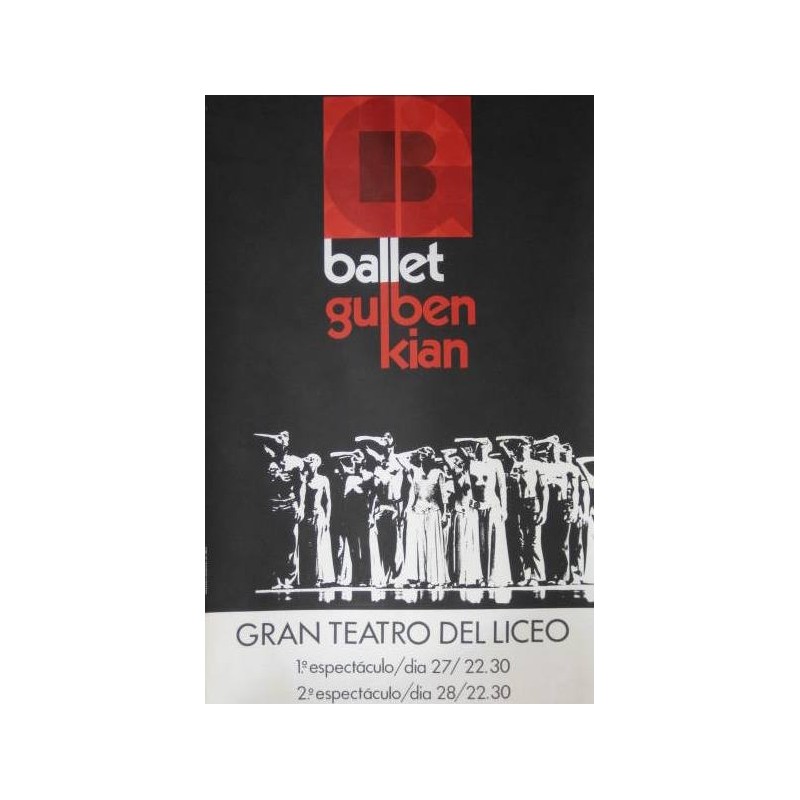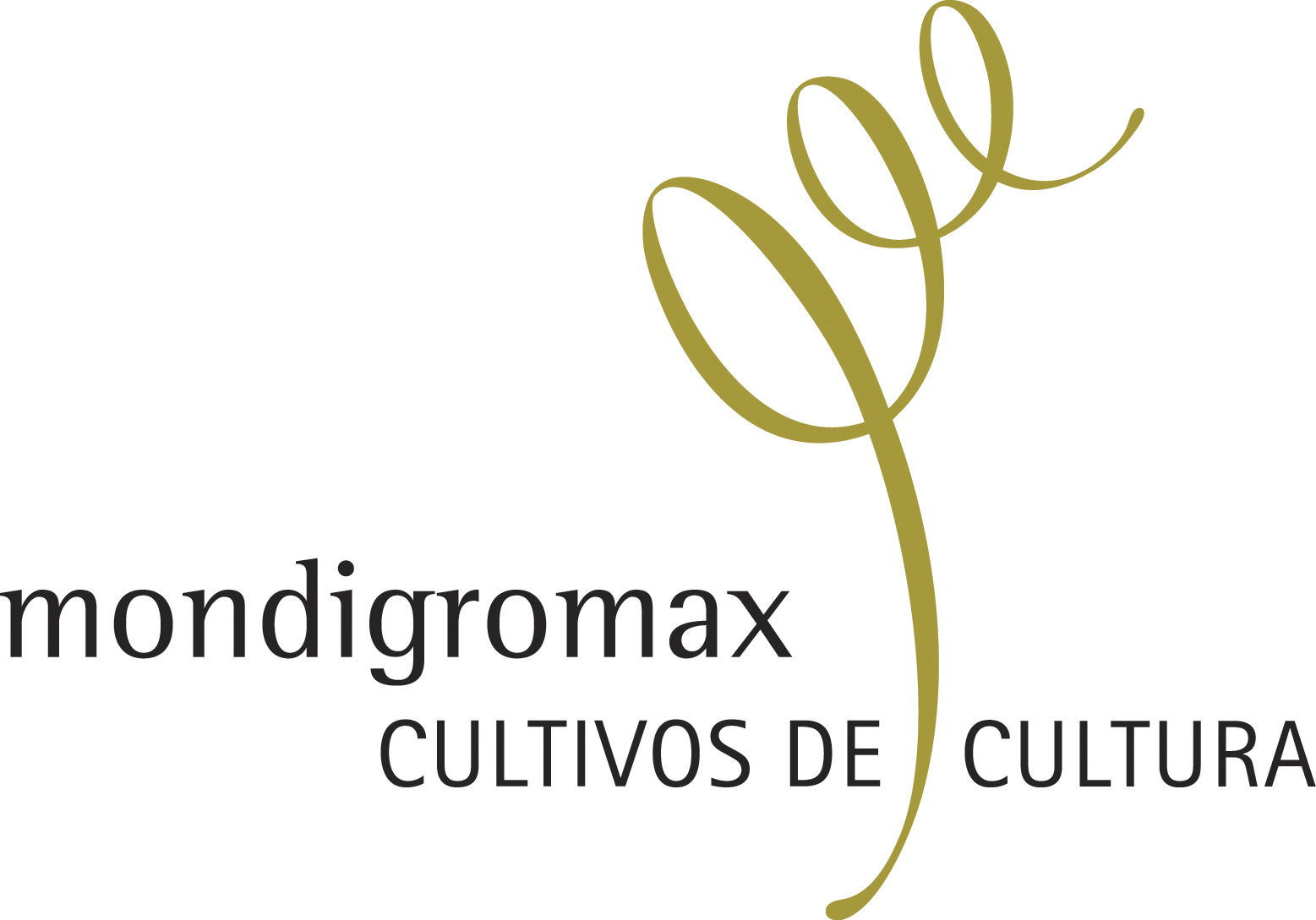Dance story
Ballet Gulbenkian
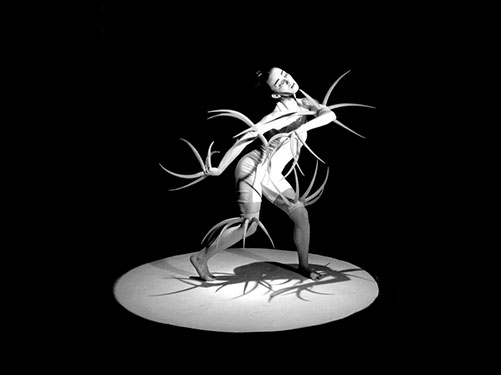
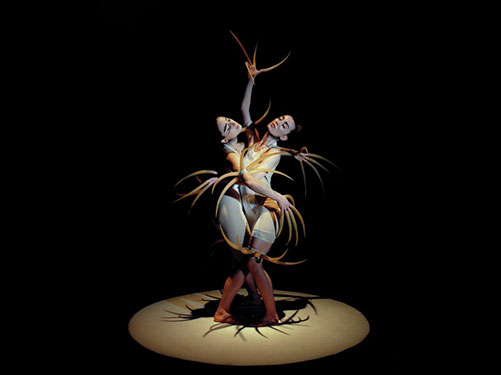
Ballet Gulbenkian

Lisbon, Portugal
Created in 1965, it was called Grupo Gulbenkian de Ballet and only later acquired the name Ballet Gulbenkian. It had its own studios and theatre housed in the foundation’s building, which opened in 1970. The first artistic director was British choreographer Walter Gore, who held the position for four years. In an initial phase, the company represented dances from the traditional portuguese repertoire.
From 1970 to 1975, the artistic direction was taken over by Milko Sparemblek, a Croatian choreographer, who focused more on modern ballet, although he did not set aside classical ballet. Later, under the direction of Jorge Salavisa, a Portuguese teacher and dancer, the Ballet Gulbenkian turned more towards contemporary ballet, focusing its choice on Portuguese authors, composers and artists.
From 1996 to July 2003, the artistic direction was the responsibility of Iracity Cardoso, a Brazilian teacher, who maintained the previous directives, adding, however, innovative choreographic languages. In 2003, artistic direction was taken over by choreographer Paulo Ribeiro.
Ballet Gulbenkian has performed more than 1100 shows since it started operating, both at the Gulbenkian Foundation and abroad. Among the numerous choreographers who contributed to the good development and performance of the company, the Portuguese Carlos Trincheiras, Vasco Wellenkamp and Olga Roriz, Rui Horta and Paulo Ribeiro stand out.
On July 5, 2005, the Board of Directors of the Calouste Gulbenkian Foundation announced the extinction of the ballet company, a decision that generated controversy and a wave of protests. His last show took place at Teatro Camões, in Lisbon, on July 31, 2005. Information from https://www.infopedia.pt
Since the disbanding of the Gulbenkian Ballet, the Calouste Gulbenkian Foundation has focused its involvement in dance on awarding grants — for study, creation and internationalization — that fund independent contemporary dance projects from artists mainly at the start of their careers.
In 2022 the director Marco Martins signes the documentary Um Corpo que Dança – Ballet Gulbenkian 1965-2005, an alluring cinematic portrait of the history of the Gulbenkian Ballet, as well as the Portuguese sociopolitical environment from 1965-2005.
During those years, the Gulbenkian Ballet had six different artistic directors, and one of them was Jorge Salavisa, who was there for almost 20 years and to whom the film is dedicated. One of the ideas that prevails is the concept of identity. Most of what we see is in fact the Gulbenkian Ballet’s attempt to define its own identity, while at the same time there was a collective Portuguese attempt to (re)define what constituted its national identity. Teresa Vieira
When Dietrich Grosse start working with the Ballet Gullbenkian, Iracity Cardoso was the artistic director and when she went back to Brazil, he continues with Paulo Ribeiro till the company was disbanded.
Performances organised by Mondigromax:
White
Choreography by Paolo Ribeiro
La consagración de la primavera
Choreography by Marie Chouinard
Music by Igor Stravinski
World premiere on 1993
Centre National des Arts Ottawa, Canadá
June 22 & 23, 2004
“Año Xacobeo”
Auditorio de Santiago de Compostela, Galicia
Cantata
Choreography by Mauro Bigonzetti
Music by Cristina Verone I Neapolitan Traditional Songs
Minus 7
Choreography by Ohad Naharin
White
New creation by Rui Horta and Paolo Ribeiro
May 18 & 19, 2004
Auditorio Barañain Auditorioa, Pamplona
May 14 & 15, 2004
Teatro Arriaga, Bilbao
April 27 & 28, 2004
Teatro Principal de Alicante
April 22 to 24, 2004
Teatro Albéniz, Festival Madrid en Danza
Cantata
Choreography by Mauro Bigonzetti
Music by Cristina Verone I Neapolitan Traditional Songs
Minus 7
Choreography by Ohad Naharin
July 15 & 16, 2003
Festival de Itálica
Patio de la Montería del Real Alcázar de Sevilla
April 4 & 5, 2003
Salamanca, Spain
Press quotes
The Gulbenkian Ballet, considered one of the best in Europe.
YOU CAN NOT ASK FOR MORE. Funny, tender, surprising and, above all, very well danced. A night to repeat. Marta Carrasco, ABC Seville
See Blue Through
Choreography by Didy Veldman
Music by Alfred Schnittke
(Sonata for violin and chamber orchestra)
Composition and arrangements by Paul Kendall
Premiered by Ballet Gulbenkian on January 24, 2001
Grande Auditório de Gulbenkian, Lisbon
::::
Charmes
Choreography by Cesc Gelabert
Music by Frederic Mompou
(Souvenirs de l’exposition, Scènes d’enfants et Charmes)
Piano Barbara Doria
Scenography by Ion Berrondo
Costumes by Lydia Azzopardi
Absolute premiere on September 26, 2002
Gran Teatre del Liceu, Barcelona
Thanks: Carmen Bravo (widow Frederic Mompou) and IT Dansa
:::
Cantata
Choreography by Mauro Bigonzetti
Music by Cristina Verone I Neapolitan Traditional Songs
Premiered by Ballet Gulbenkian on June 29, 2001
Rivoli Teatro Municipal, Porto
September 26 to 30, 2002
Gran Teatre del Liceu, Barcelona
Hand program Gran Teatre del Liceu in Catalan
October 3 to 5, 2002
Gran Teatre Principal, València
